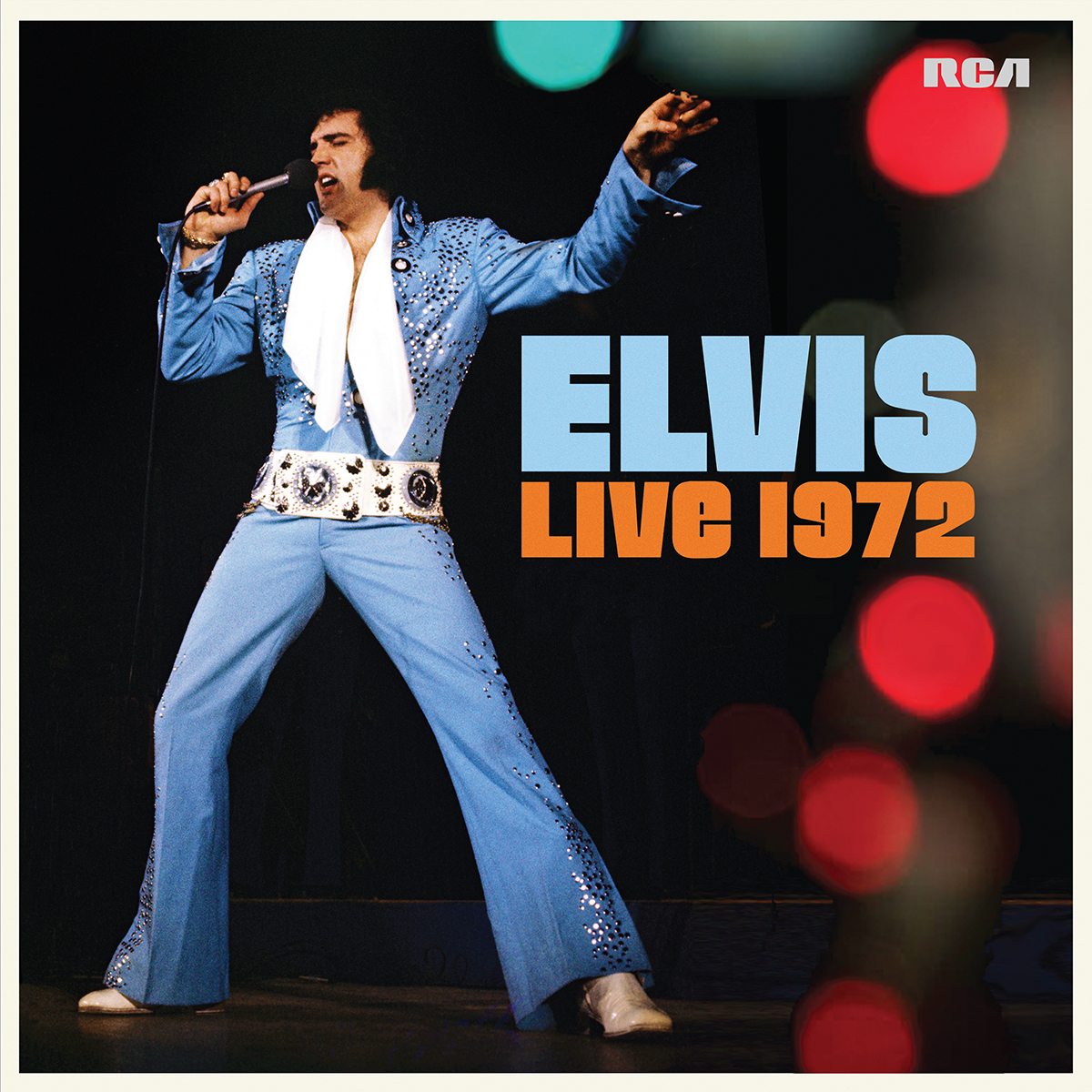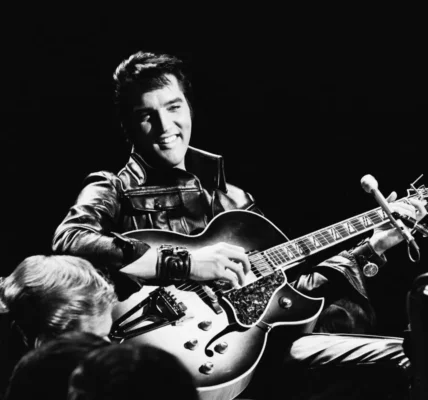Elvis Presley’s Moving Performance of “Release Me (And Let Me Love Again)” in 1972 Signified a Key Moment in His Later Career.0h

Introduction:
Elvis Presley’s 1972 recording of “Release Me (And Let Me Love Again)” wasn’t originally intended for him. Written by Eddie Miller and Robert Yount, the song was first offered to Engelbert Humperdinck, who declined. However, its poignant lyrics and powerful melody resonated deeply with Presley, leading him to record a soulful rendition that became a cornerstone of his later career.

Released as a single in 1971, “Release Me” was not an immediate hit. However, its emotional depth and Presley’s passionate delivery resonated with audiences over time. It reached number one on the Billboard Adult Contemporary chart in 1972, showcasing its ability to connect with listeners seeking a deeper emotional connection in Presley’s music.
The song’s lyrics paint a picture of heartbreak and longing, with Presley pleading for release from a loveless relationship. Lines like “Oh, please release me, let me go, for I just don’t love you anymore” resonated with listeners facing similar struggles, making it an anthem for those seeking emotional freedom.

However, “Release Me” transcends its melancholic theme. The inclusion of “And Let Me Love Again” in the title hints at a hopeful future, suggesting a desire for new love and a second chance at happiness. This duality adds complexity to the song, making it both relatable and inspiring.
Presley’s soulful vocals elevate the song’s emotional impact. His powerful delivery conveys the pain of heartbreak with raw honesty, while the gospel-tinged backing vocals add a touch of hope and resilience. This combination cre ates a captivating listening experience that resonates with listeners even today.

“Release Me” stands as a testament to Elvis Presley’s ability to deliver powerful ballads. It’s a song that transcends its original context, offering solace and hope to anyone who has experienced heartbreak and yearns for a brighter future. While not an immediate hit, its enduring popularity and emotional depth solidify its place as a significant entry in Presley’s musical legacy.
Video:
Elvis Aaron Presley, often referred to as the “King of Rock and Roll,” was born on January 8, 1935, in Tupelo, Mississippi, USA. He rose to prominence in the mid-1950s, becoming one of the most iconic and influential figures in the history of popular music. Presley’s musical journey began at an early age when he started singing in church and listening to various genres of music, including gospel, blues, and country. In 1954, he signed a recording contract with Sun Records, where he began his career blending elements of rockabilly, rhythm and blues, and country music. His breakthrough came with the release of his first single, “That’s All Right,” followed by a string of hits such as “Heartbreak Hotel,” “Hound Dog,” and “Jailhouse Rock.” With his charismatic stage presence, distinctive voice, and provocative dance moves, Presley captured the hearts of audiences worldwide, revolutionizing the music industry and popular culture. Presley’s impact extended beyond music; he also found success as an actor, starring in a series of films throughout the 1960s. Despite his commercial success, he faced criticism from some quarters for his crossover into mainstream entertainment and the perceived dilution of his musical authenticity. Throughout his career, Presley struggled with the pressures of fame, leading to personal challenges, including substance abuse and health issues. Despite these obstacles, he remained a beloved figure, revered for his contributions to music and his enduring legacy. Tragically, Elvis Presley passed away on August 16, 1977, at the age of 42, leaving behind a legacy that continues to resonate with generations of fans. He was posthumously inducted into the Rock and Roll Hall of Fame, and his music remains a timeless testament to his enduring talent and cultural impact.
